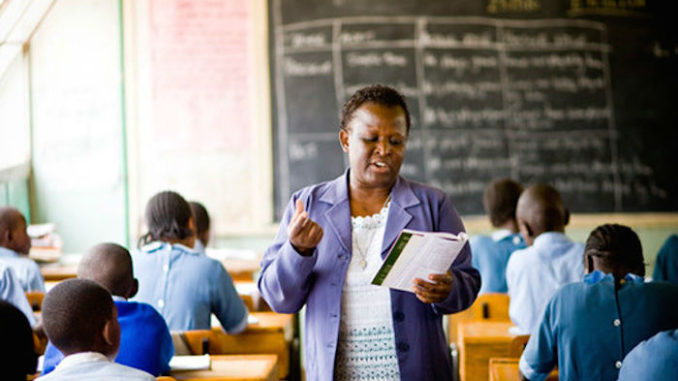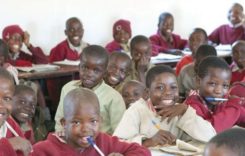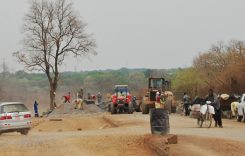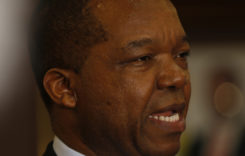Zimbabwe started conducting public O and A level examinations for the June/July session today, with the Ministry of Primary and Secondary Education saying this was the first step towards the phased reopening of schools after their COVID-19-enforced early closure in March.
The government has indicated that schools would reopen on July 28, starting with classes writing Grade 7, O level and A level examinations in November 2020.
Other classes would open in phases.
The ministry has issued guidelines for schools to follow as they reopen.
Here are some major points:
Prerequisite Personal Protective Equipment, structures and material:
School authorities are required to make sure the following materials are available in required quantities before opening doors to students:
- Face masks
- Alcohol-based sanitizers
- Infrared thermometers
- Liquid soaps
- Disinfectants
- Gloves
- Hand-washing stations within school premises
- Hand-washing buckets for every class
- Gowns for school health co-ordinators
- Holding bay for unwell persons
- Information education communication materials
Appointment of school health co-ordinators
Each school is required to appoint a health co-ordinator before reopening. All school health co-ordinators must receive training from the Ministry of Health and Child Care before schools open.
COVID-19 awareness sessions
Schools are required to conduct COVID-19 awareness programmes to educate everyone in school about prevention, hand washing, respiratory hygiene, mask use, symptoms of COVID-19 and what to do when feeling sick. Evidence of such awareness programmes should be readily available in school records upon request.
Hand washing stations
Each classroom to have a functional hand washing facility where learners and teachers use running water and liquid soap to clean their hands. Such facilities should also be available at the administration offices, hostels and at designated places within the school premises for use by all.
Clean ablution facilities
Schools to schedule for regular cleaning of the school environment daily, including toilet, with water and soap/detergent and disinfectant. Toilets for both staff and learners to be cleaned and disinfected three times a day, at break time, lunch and at the end of the day.
Dust bins
Each classroom should have a bin for waste disposal and such waste should be disposed of by burning or burying, daily. The same should be available in administration offices and hostels in the case of boarding schools.
Disinfecting buildings, grounds and frequently touched surfaces
All the school buildings and grounds should be disinfected before reopening.
Frequently touched surfaces such as door handles, desks, toys, supplies, light switches, door frames, play equipment, teaching aids, book covers should be disinfected twice a day.
The World Health Organisation recommends 70% ethyl alcohol to disinfect small surface areas and equipment.
Sanitisers
Each school to have sanitizers at every entry point where learners, teachers and stakeholders are sanitized on entry into the school premises. There should also be sanitizers at every entry point to a classroom for use by learners and teachers. Sanitizers should also be available at every entry point to hostels in the case of boarding schools.
Gloves
Each classroom should have gloves for use by learners and teachers when handling tasks and materials where there is a risk of having their hands contaminated. Such gloves should be thrown away immediately after the task. The schools should ensure safe disposal of gloves.
Face masks
The wearing of face masks is compulsory to all learners and school staff. Learners and school staff should use clean masks provided by the school every day.
All visitors to the school should only be entertained if they are putting on face masks.
Visits
Schools to limit visitors to only essential visits.
Social/physical distancing
Teachers and learners should be encouraged to maintain a distance of at least 1 metre between everyone present at school.
The sitting arrangement in every classroom should be such that there is a distance of 1 metre between one learner and the other. In order to achieve this, there should be one learner at each desk.
A classroom should not accomodate more than 35 learners.
Social distancing should also be practised in hostels. The use of bunk beds is, therefore, prohibited.
Do you want to use our content? Click Here












